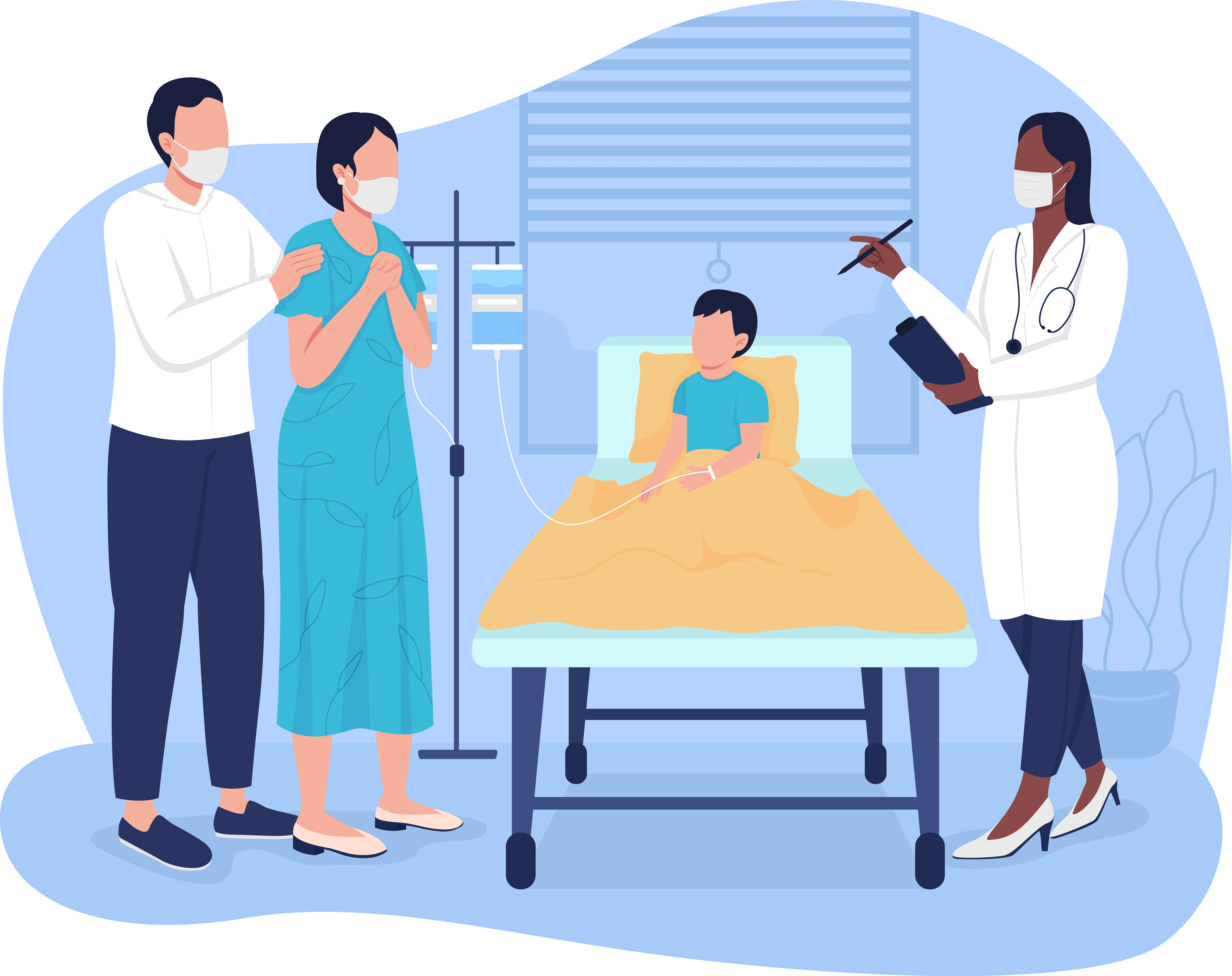
Release date: 2024.11.11
Although the development of pediatric emergency medical systems has progressed nationwide, there are still issues that need to be resolved, such as a shortage of doctors and regional disparities. In particular, ensuring a specialized medical system at night and on holidays is an urgent issue, and each region continues to make its own unique efforts to protect the health of children and the peace of mind of families. In this second installment, we will focus on pediatric emergency medical care.
The Ministry of Internal Affairs and Communications Fire and Disaster Management Agency's 2023 edition of the Current Status of Emergency Rescue shows that most children (excluding newborns) who are transported by ambulance have mild symptoms, and the proportion of severe patients is lower than in adults. The number of pediatric emergency patients is approximately 8.4% of adults (480,000 people), with 77% having mild symptoms, 22% having moderate symptoms, and only 1.4% having severe symptoms. For this reason, a specialized pediatric emergency system tailored to the characteristics of children is needed. Children's diseases progress quickly and they require unique physical and psychological care, so a medical system with specialized knowledge is essential.
Pediatric emergency medical care is handled in a three-tiered system depending on the severity and urgency of the symptoms.
First, as an initial pediatric emergency (primary emergency), local clinics and night-time emergency centers are responsible for treating children with relatively minor illnesses. For everyday emergency children with fever, abdominal pain, and minor injuries, they often provide first-aid medical treatment until the next day.
Next, the Pediatric Regional Medical Center (secondary emergency care) is responsible for children who require hospitalization. It is run by the core hospital in the area, and a pediatrician is on-site 24 hours a day to treat children who require short-term hospitalization for pneumonia, asthma attacks, moderate dehydration, etc.
Pediatric core hospitals (tertiary emergency care) provide highly specialized medical care to children with serious, life-threatening conditions. Pediatric emergency medical centers and university hospitals are in charge of this, and they treat children who require highly specialized medical care, such as those with severe infections, serious injuries, and heart diseases, as well as those who require special medical equipment and care in pediatric intensive care units.
In this way, by establishing a system for providing medical care in stages according to the severity of the condition, we aim to utilize limited medical resources efficiently and provide appropriate medical care.
Pediatric emergency medical systems have been established nationwide, with pediatric emergency centers in specialized pediatric hospitals and general hospitals at their core, but there are regional differences in their level of completion. While 24-hour support is possible in large metropolitan areas, it is difficult to provide the same level of service in rural areas due to uneven distribution of doctors and issues with profitability.
To address this issue, in some regions, medical institutions are working together to make efficient use of limited medical resources by adopting a rotation system, etc. Although it is particularly important to provide care at night and on holidays, 24-hour care at all medical institutions is not realistic due to restrictions on doctor work hours and issues with securing staff.
As a complementary measure, the establishment of emergency centers open at night and on holidays and the provision of telephone consultation services are being promoted. In particular, the nationwide "#8000 (Children's Medical Telephone Consultation)" has proven to be a strong ally for parents. With this service, calls are automatically transferred to a consultation desk in the child's area, where a pediatrician or nurse can provide expert advice on the appropriate response based on the child's symptoms and the criteria for deciding whether to see a doctor.
One of the current important issues in pediatric emergency medical care is the need to clarify the division between primary and secondary emergency medical care and life-saving emergency medical care in the pediatric emergency medical care system. It is also important to respond to serious illnesses that require life-saving treatment, such as shock, trauma, and burns, and to ensure a wide-area medical care system that transcends prefectural boundaries. Furthermore, it is essential to establish a high-quality medical care system for diseases specific to children, such as congenital heart disease and congenital malformations. Pediatric emergency medical care is an important medical service that supports the peace of mind of children and their families. There is a need to respond to current issues and improve the medical care system and its quality. At the same time, it is also essential to take measures to support the system as a whole society, such as educational activities for parents and strengthening cooperation with family doctors.
MEDIUS Group is developing a business centered on the sale of medical equipment. We (Medical + us) involved in medical care also want to play the role of an information source (Media) that delivers useful information for the medical field and people's healthy tomorrow.